There are 24 species of bumblebee in the UK. Some are relatively common and distributed widely across the country; others have become increasingly rare and now survive in small pockets where suitable habitat has been retained. Some species, such as Bombus ruderatus, have been brought back from the edge of extinction by habitat creation, with populations and colony numbers now increasing.
However, seven bumblebee species are still listed as in danger, with two species classified as on the verge of extinction. These species have specific Biodiversity Action Plans to aide their recovery.

Accurate bumblebee identification is important to know what you have, and to help target habitat creation to aide them and other bee species. As well as acting as conservation areas for these valuable creatures, it also adds an extra element of interest in the ecological conservation on the golf course for you, the course management team and players.
Being able to quantify and qualify what has been achieved - in terms of bumblebee numbers and species - can gain further support for Operation Pollinator activities and reinforce the ecological commitment of your club.
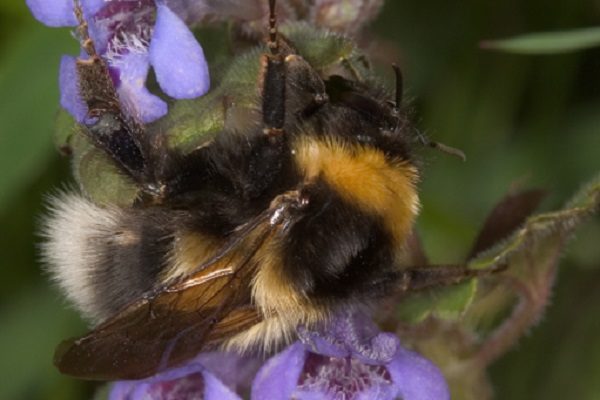
Bombus hortorum Garden bumblebee | 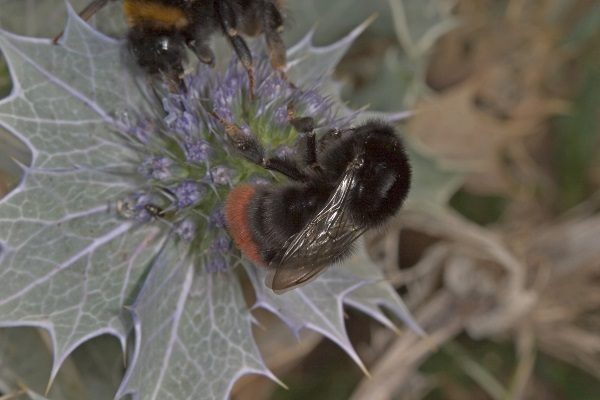
Bombus lapidarius Red-tailed bumblebee | 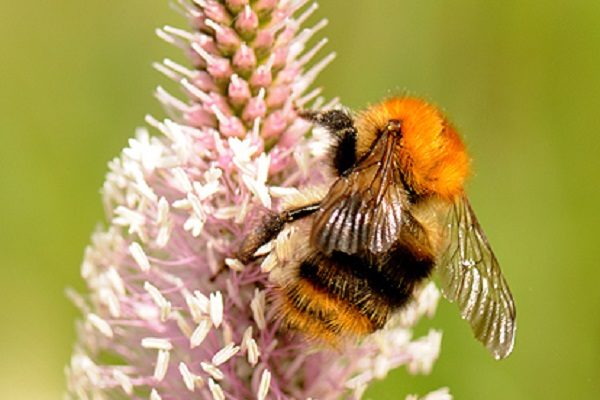
Bombus pascuorum Common carder bee |
Three of the most common bumblebee species demonstrate the range of colours and sizes you are likely to see – being able to identify what you have in Operation Pollinator areas could prove of ecological importance and gives added interest in the golf course environment.
Bumblebee Guide
To help identify the common bumblebee species that course managers and golf players may see on Operation Pollinator habitat around the golf course, we have created a simple guide for your pocket or club bag. Click here to download the ID guide
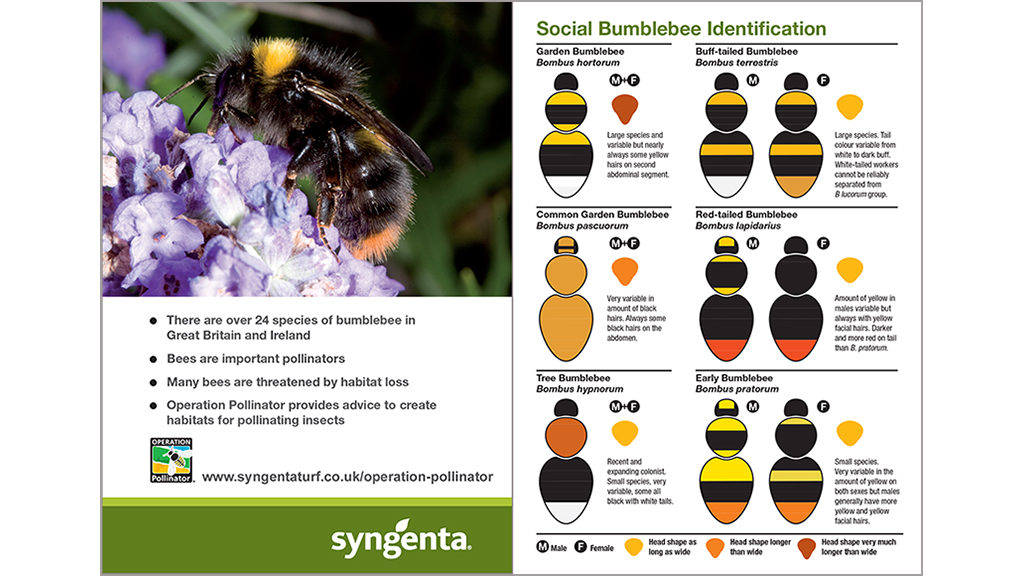
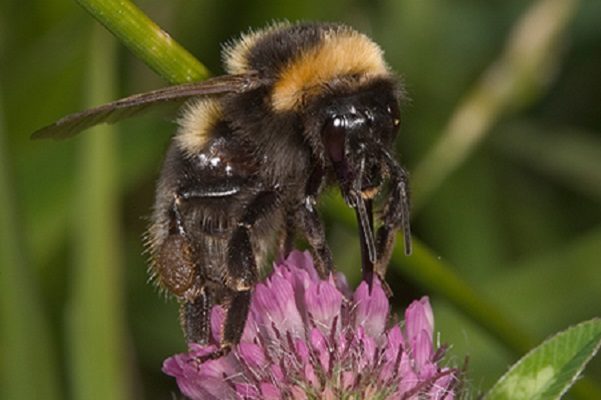
Bombus ruderatus Ruderai bumblebee | 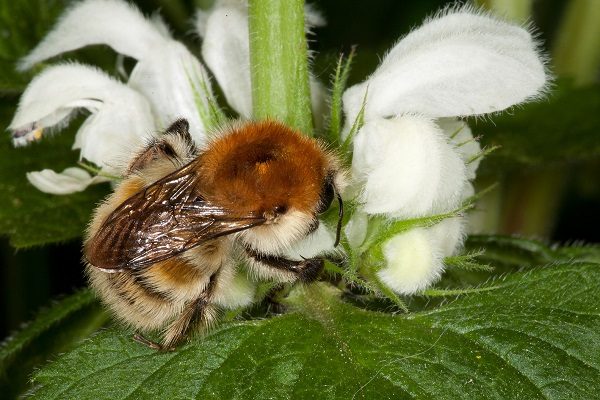
Bombus humilis Brown-banded carder bee | 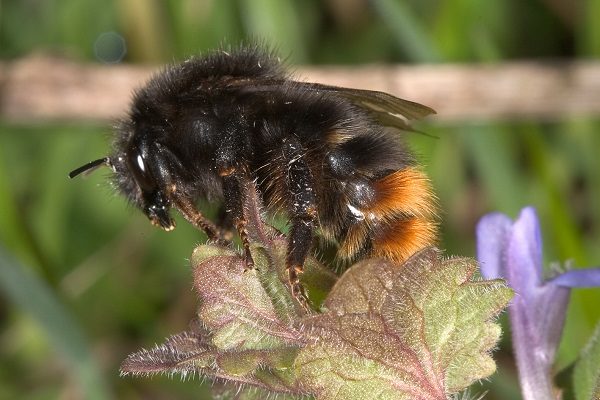
Bombus ruderarius Red-shanked carder bee |
Some other bumblebee species that may be found on Operation Pollinator habitats created on golf courses. Refer to the wall poster ‘Operation Pollinator Guide to Bees of Great Britain and Ireland’ for more details of population distribution and identification notes.
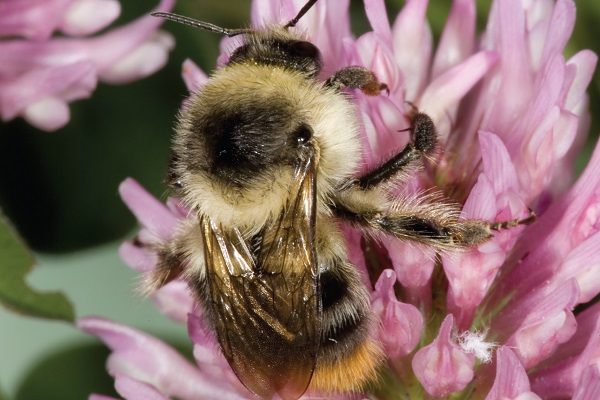
Bombus sylvestris
Forest cuckoo bumblebee*
* Note the lack of pollen sacks on the legs of the cuckoo bumblebee. The cuckoo bumblebee species do not forage, but take over the nests of other bumblebees to parasitize the colony and lay their eggs, for existing workers to raise.
There is also a clubhouse wall poster (below), with clear pictures of bumblebees and some of the other numerous bees of the UK and Ireland – totalling more than 270 species. This poster is available free to all clubs who have joined the Operation Pollinator project. Click here for more details of how you can join and the benefits it can bring for your club?
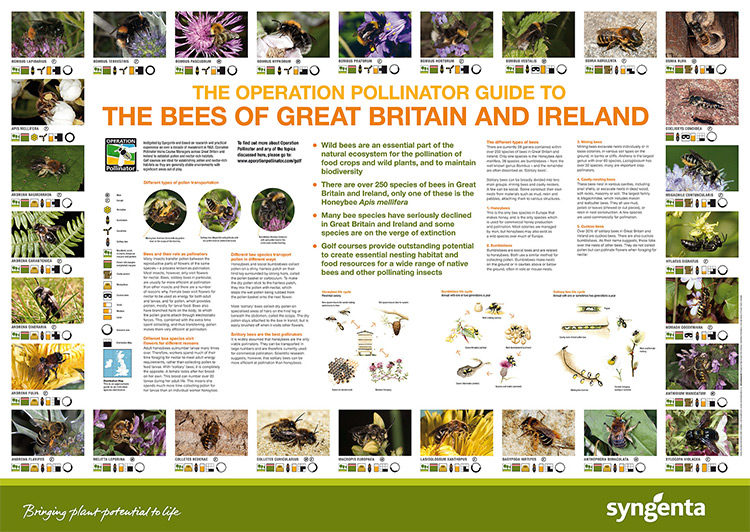
There are, however, a number of other insects - including solitary bees and even flies - that may be confused with bumblebees. Operation Pollinator habitat can equally provide an important source of food and nesting sites for many of these other important pollinating insect species and greater biodiversity.
Bumblebee or fly?
The majority of insects that mimic bumblebees are flies, many of which are hover flies. In flight bumblebees are relatively slow and ponderous, and they never hover; whereas most flies have a much faster and darting flight pattern and will hover before alighting on a flower.
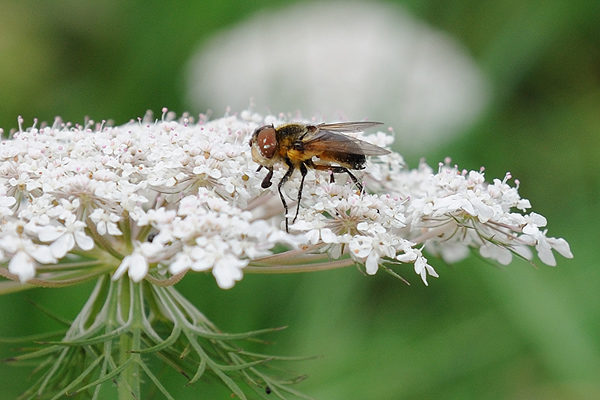
| 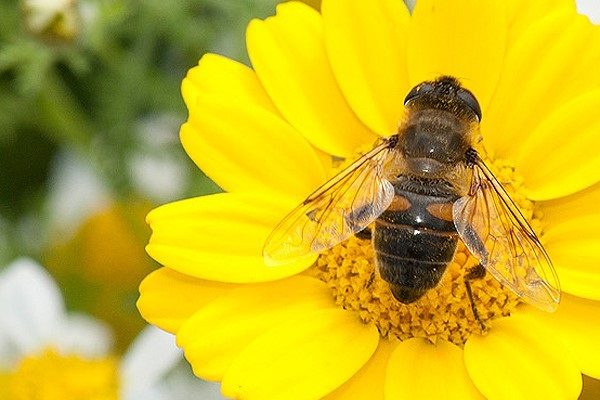
| 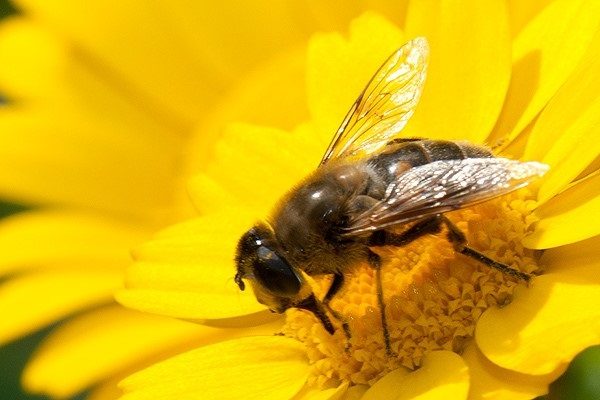
|
| Some hover flies have developed to mimic bumblebee species, but only have one pair of wings and tend to fly much faster. Also watch the flight pattern - bumblebees can’t hover. | ||
Key features that typically differentiate flies and bumblebees:
| Bumblebees: | Flies: |
|
|
|
|
|
|
|
|
|
|
|
|
Other bumblebee look alikes
Some of the UK solitary bee species - which are also very important pollinators and a welcome addition on any Operation Pollinator site - can look similar to bumblebees. However, they are typically smaller and faster fliers, and will frequently hover in front of flowers before alighting.
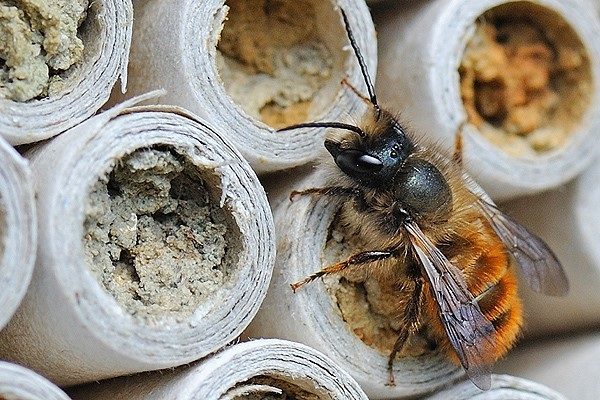
| 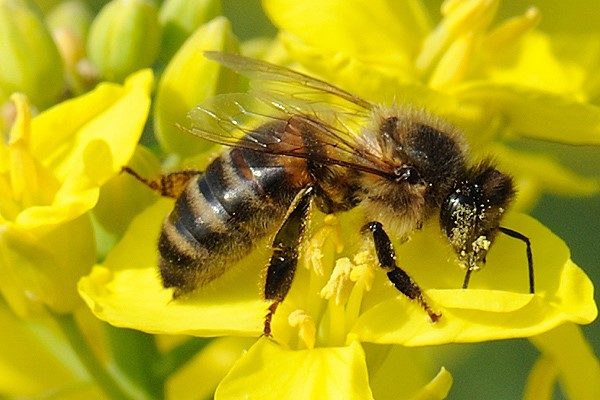
|
Osmia Rufa Red mason bee | Apis mellifera Honey bee |
| A number of solitary bees, such as the Red mason bee, may have colouration similar to bumblebees, but have a body shape more akin to Honey bees (right). | |
A number of mining bees are also similar to bumblebees in colour and hair density, but are typically thinner and with a more elongated abdomen - more akin to the shape of a honeybee. Many mining bees are also important pollinating insects.
Furthermore, a number of day-flying moths may also be confused with bumblebees, however they have different shaped antennae and their tongues may be visible coiled under their mouth parts. Both flies and moths are unable to fold their wings over the abdomen, unlike bumblebees.
Information for this poster and guide has been compiled from the highly recommended definitive guide to bumblebee identification, the Field Guide to the Bumblebees of Great Britain & Ireland, written by Mike Edwards and Martin Jenner and available from on-line and high street book retailers.
